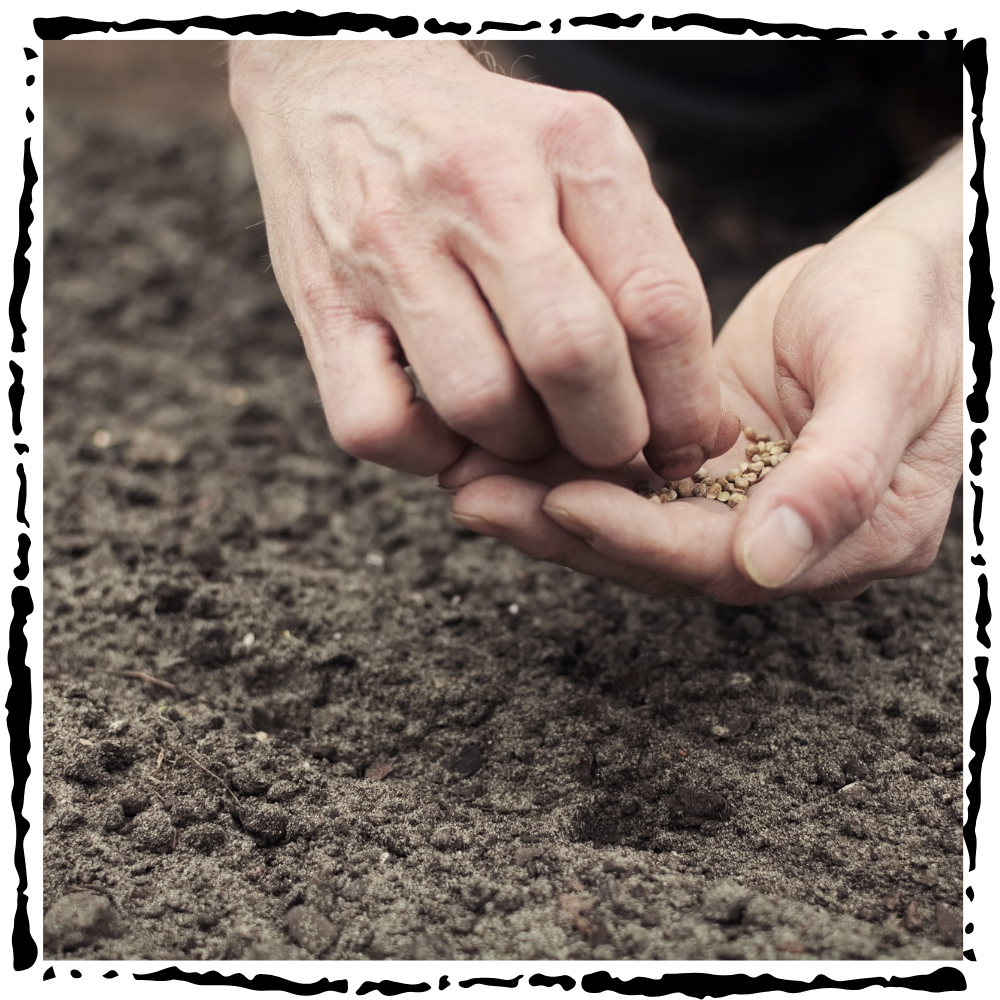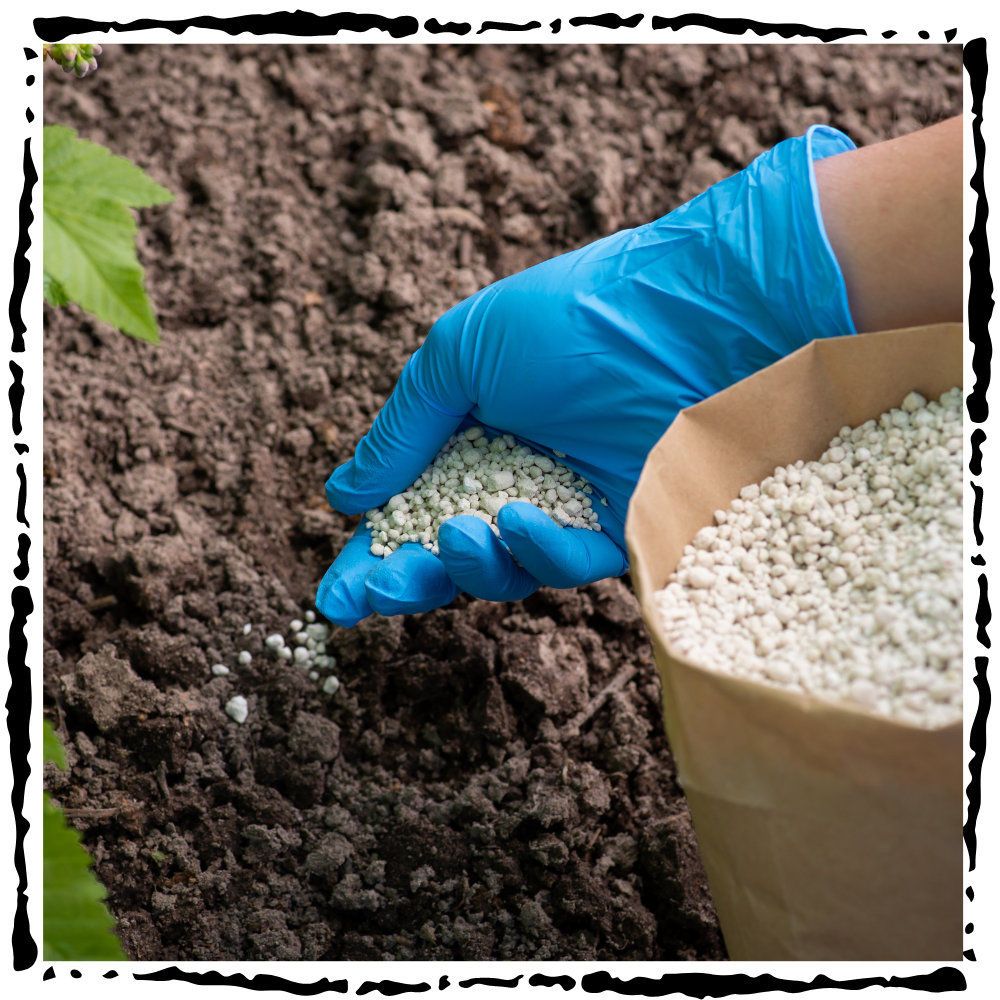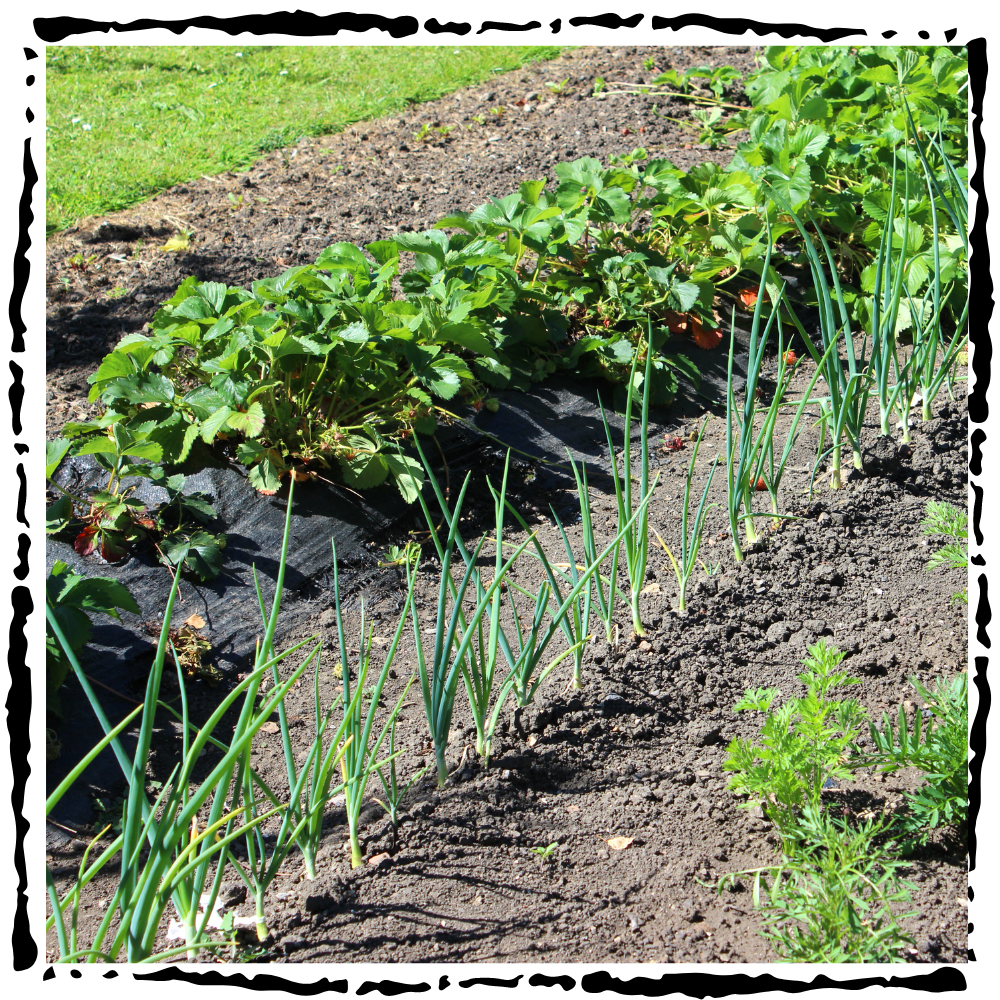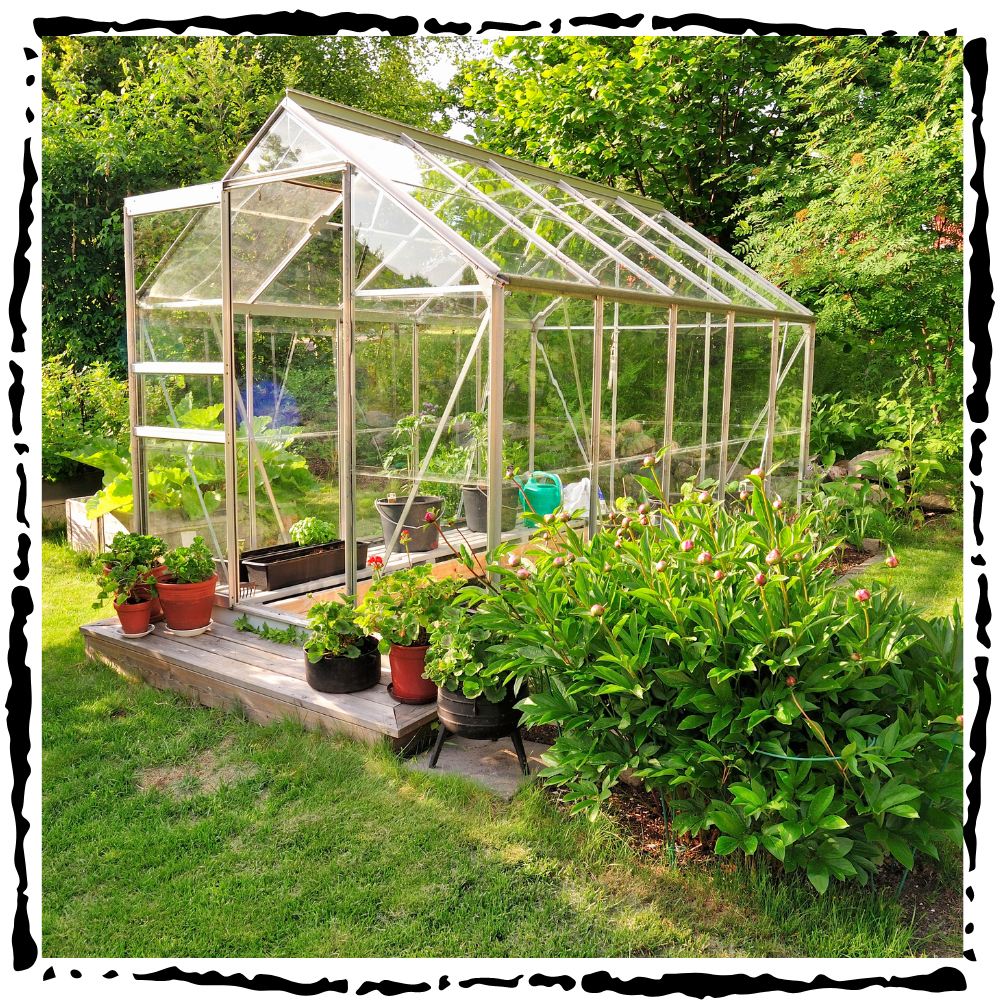
This post may contain affiliate links. As an Amazon affiliate, we earn from qualifying purchases. But we only recommend products we would use ourselves. View our Disclosure Policy here.
Growing spinach in your home garden can be a highly rewarding experience. Spinach is a nutrient-dense leafy green that’s perfect for salads, smoothies, and a variety of cooked dishes. With the right techniques and a little dedication, you can cultivate a thriving spinach patch right in your backyard. Here are 16 top tips to help you grow luscious spinach, from start to finish.

1. Choose the Right Spinach Variety
There are several spinach varieties, each with its unique characteristics. Some popular types include:
- Savoy Spinach: Known for its crinkly, dark green leaves, it’s highly resistant to cold.
- Flat or Smooth-Leaf Spinach: Easier to clean due to its smooth leaves, ideal for fresh salads.
- Semi-Savoy Spinach: A hybrid of the two above, offering the best of both worlds.
Expert Tip: “For home gardens, I often recommend the semi-savoy variety because it combines disease resistance with ease of harvest,” says Sarah Richardson, a seasoned horticulturist.
2. Soil Preparation
Spinach thrives in well-drained, fertile soil rich in organic matter. Aim for a soil pH between 6.5 and 7.5.
- Test Your Soil: Before planting, use a soil test kit to check the pH and nutrient levels.
- Amend the Soil: Incorporate compost or well-rotted manure into the soil to enhance fertility and structure.
“Soil pH directly affects the availability of nutrients to plants and the activity of soil microorganisms,” states Dr. Emily Green, a soil scientist at the University of California.
3. Optimal Planting Time
Spinach is a cool-season crop that performs best in temperatures between 50°F and 70°F.
- Spring Planting: Sow seeds as soon as the soil can be worked, about 6-8 weeks before the last frost date.
- Fall Planting: For a fall crop, plant spinach seeds 6-8 weeks before the first expected frost.
“To extend your spinach harvest, try succession planting every two weeks,” advises James Wilson, an expert gardener with over 20 years of experience.

4. Seed Sowing Techniques
Spinach seeds can be sown directly into the garden bed.
- Depth and Spacing: Plant seeds about ½ inch deep and 2 inches apart.
- Row Spacing: Space rows 12-18 inches apart to allow for adequate airflow and light penetration.
“To ensure even germination and robust growth, pre-soak your spinach seeds in water for 24 hours before planting. This softens the seed coat and speeds up the germination process,” recommends Carla Matthews, a professional gardener and seed specialist.
5. Watering
Consistent moisture is crucial for spinach growth.
- Watering Schedule: Water spinach regularly, keeping the soil consistently moist but not waterlogged.
- Mulching: Apply mulch around the plants to retain soil moisture and suppress weeds.
6. Thinning Seedlings
Thinning is essential to ensure that your spinach plants have enough space to grow.
- When to Thin: Thin seedlings when they reach about 2 inches in height.
- Spacing After Thinning: Aim for 4-6 inches between plants to provide adequate room for growth.
7. Fertilization
While spinach benefits from fertile soil, too much fertilizer can be detrimental.
- Balanced Fertilizer: Use a balanced fertilizer (e.g., 10-10-10) sparingly.
- Side-Dressing: Apply a side-dressing of compost or a balanced fertilizer halfway through the growing season.
8. Pest Management
Spinach is susceptible to various pests, including aphids, leaf miners, and slugs.
- Aphid Control: Use insecticidal soap or neem oil to manage aphids.
- Leaf Miner Prevention: Cover plants with row covers to prevent leaf miner infestations.
- Slug Traps: Use beer traps or diatomaceous earth to control slugs.

9. Disease Prevention
Common diseases affecting spinach include downy mildew and fusarium wilt.
- Crop Rotation: Rotate crops yearly to prevent soil-borne diseases.
- Proper Spacing: Ensure adequate spacing for airflow to reduce fungal disease risk.
- Watering Technique: Water the base of the plants rather than overhead to prevent leaf wetness.
“Crop rotation disrupts the life cycles of pests and diseases, reducing their prevalence and impact,” explains Dr. John Henshaw, an agronomist at Michigan State University.
10. Harvesting Spinach
Knowing when and how to harvest spinach is crucial for maximizing yield and quality.
- Harvest Time: Begin harvesting when the leaves are large enough to use, typically 6-8 weeks after planting.
- Harvest Method: Pick outer leaves first, allowing inner leaves to continue growing. Alternatively, cut the entire plant about 1 inch above the soil level for a larger harvest.
11. Succession Planting
To enjoy a continuous supply of fresh spinach, practice succession planting.
- Timing: Sow new seeds every two weeks.
- Season Extension: Use row covers or cold frames to extend the growing season into early winter or late spring.

12. Companion Planting
Certain plants can enhance the growth of spinach when planted nearby.
- Beneficial Companions: Radishes, strawberries, and lettuce can improve spinach growth.
- Avoid Planting Near: Potatoes, fennel, and other large root vegetables can compete for nutrients and space.
“Planting spinach alongside aromatic herbs like dill or cilantro can help deter pests and improve the overall health of your spinach plants. These herbs release volatile oils that repel common spinach pests such as aphids and leaf miners,” suggests Michael Foster, an experienced permaculture designer and companion planting advocate.
13. Soil Health
Maintaining healthy soil is key to successful spinach cultivation.
- Organic Matter: Regularly add compost to improve soil structure and fertility.
- Avoid Soil Compaction: Prevent compaction by minimizing foot traffic and using raised beds if necessary.
Expert Tip: “Healthy soil is the foundation of a thriving garden. Regularly amending your soil with organic matter can make a significant difference,” advises Linda Bergstrom, a master gardener with extensive organic farming experience.
14. Light Requirements
Spinach needs adequate light to thrive, but too much heat can cause it to bolt.
- Sun Exposure: Provide 6-8 hours of sunlight per day.
- Shade Cloth: Use shade cloth during hot afternoons to protect spinach from excessive heat and prevent bolting.
15. Winter Gardening
With proper planning, you can grow spinach even during winter months.
- Cold Hardy Varieties: Choose cold-hardy spinach varieties like ‘Winter Bloomsdale’.
- Protective Covers: Use row covers, hoop houses, or cold frames to shield plants from frost.
16. Soil pH and Nutrient Balance
Maintaining the right soil pH and nutrient balance is essential for healthy spinach growth.
- Regular Testing: Test soil pH and nutrient levels regularly to ensure optimal growing conditions.
- pH Adjustment: Adjust soil pH by adding lime to raise it or sulfur to lower it, based on test results.
“Consistent soil testing and adjustments can significantly improve crop yields and quality,” says Dr. Maria Lopez, a plant nutrition specialist.
Growing spinach in your home garden can be a fulfilling and productive endeavor. By following these top 16 tips, you’ll be well on your way to cultivating a bountiful harvest of luscious spinach.
“Garden-fresh spinach not only tastes better but is also richer in nutrients compared to store-bought varieties. Homegrown spinach can have up to 50% more vitamins C and E, folic acid, beta-carotene, and lutein because you can harvest it at its nutritional peak,” shares Dr. Rebecca Turner, a nutrition expert and registered dietitian.
Remember, gardening is both an art and a science, so don’t be afraid to experiment and adapt these tips to your specific growing conditions.
Happy gardening!
Other articles you may find interesting. We hope you enjoy our tips, tricks, and ideas.




